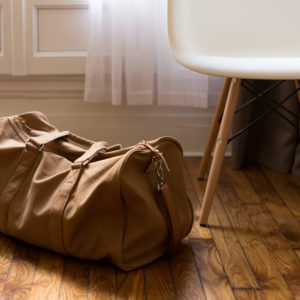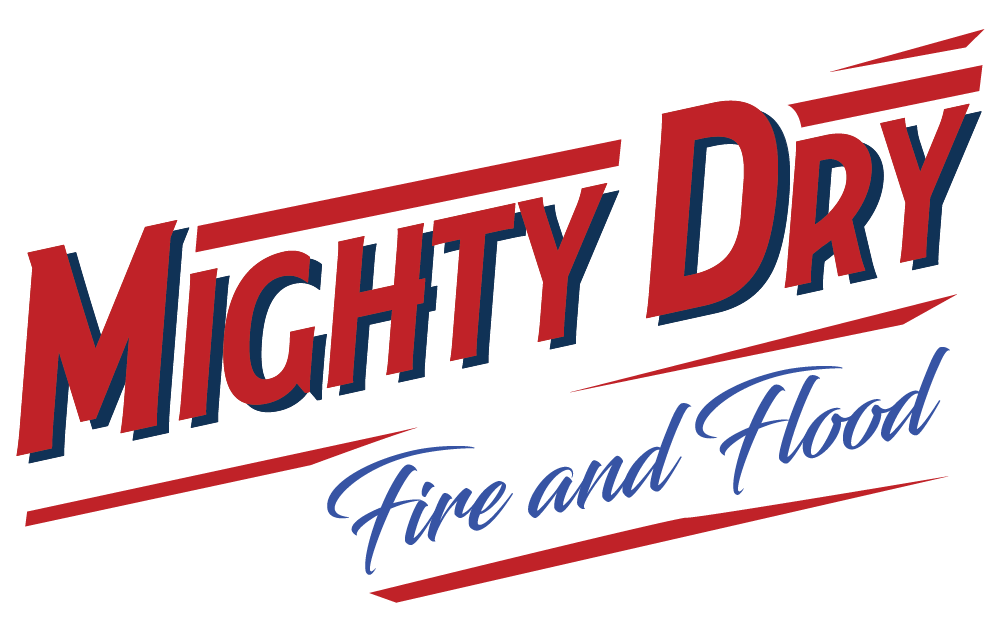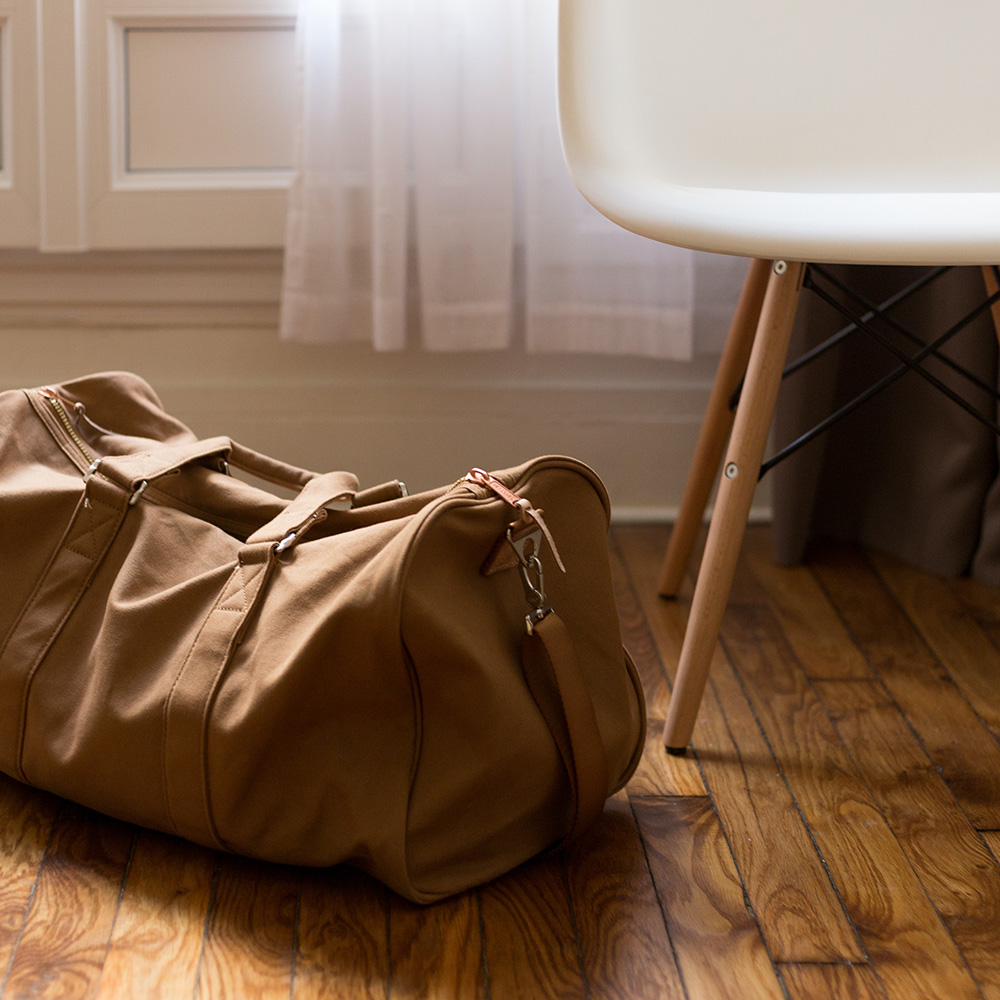When a home gets hit with indoor flooding, one of the primary concerns of homeowners is their wooden flooring if they have one. This is because of its porous nature and the tendency to warp and get damaged easily as compared to tiled flooring.

The Washington Examiner recently published an article on dealing with flooded wooden floors. In their article they specifically mentioned that wooden flooring should be quickly dried and cleaned up in order to minimize the damage it may have incurred because of the flood waters.
“Homeowners should dry visible water immediately after floors get wet, White said, whether that requires pumping water out or simply mopping and toweling it up. Sometimes floors that appear dry to the naked eye can be soaked and the job might require industrial-size fans and other equipment that removes water beneath the wood, down into the subfloor.”
Read the rest of the advice here.
SAME ADVICE
Wood Floor Doctor also emphasized the same point The Washington Examiner had made. In its article, the Wood Floor Doctor mentioned that drying is the most important initial process in salvaging wood flooring that has been exposed to flood waters.
When to call when you find out you have water damage
“Well, the first thing to do, is to dry out the floor surface and more importantly the subfloor, so that the boards don’t continue to warp. In fact if you have a plywood subfloor, it going to be very difficult drying the underside of all the hardwood floor boards affected, because of the waterproof nature of plywood. It’s very important to dry the floor quickly, not just to stop the warping, but also to stop the mold that my get a grip on the wood. Mold spores can be left even after the floor dries, and may cause health problems for some sensitive individuals.”
Take a look at the rest of the article here.
STEP-BY-STEP INSTRUCTIONS
The website The Spruce meantime came up with a comprehensive guide in saving wooden flooring following an indoor or even an outdoor flooding.
“First, use the shop vacuum on “wet mode” (no bag) to remove as much water as possible. Then vigorously scrub all floors and related woodwork (baseboards, newel posts, etc.) with the stiff broom or brush. Use fresh water mixed with detergent and disinfectant added, to remove all of the dirt, mud, silt, and organic material which can later cause mold and mildew.”
The original article can be found here.
If unsure as to how to go about restoring wooden flooring that has been damaged by flooding, calling a professional restoration service should be the best recourse.






